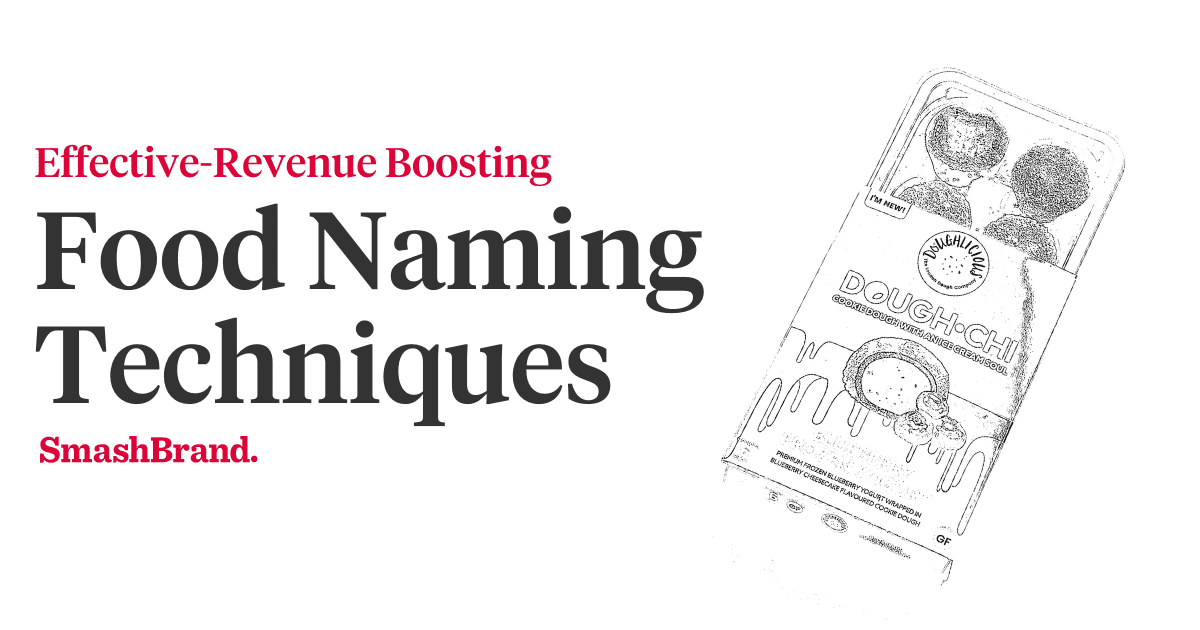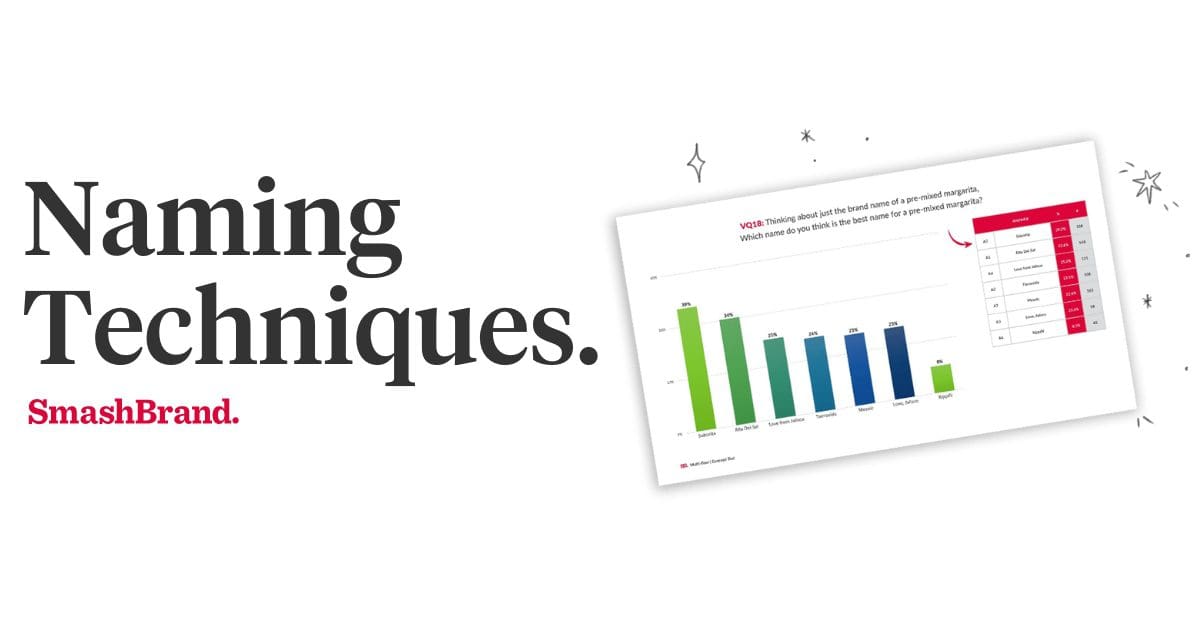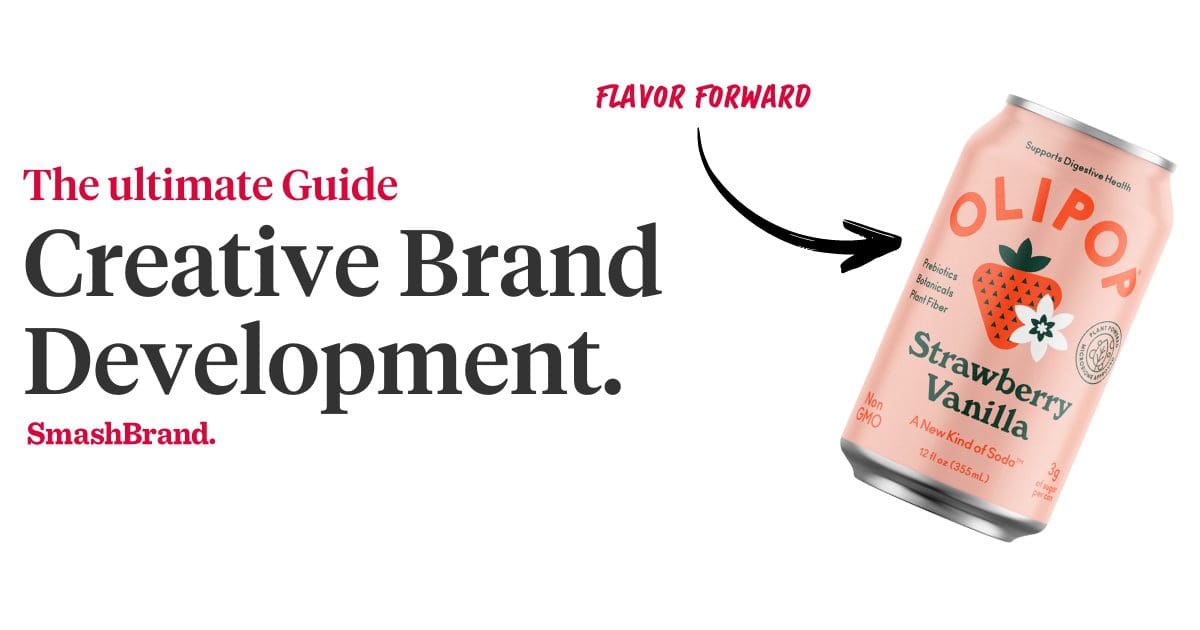Listen to This Article

While we strongly advise using a bona fide packaging design company to design product packaging, the design protégé can come up with his or her own legitimate structured design ideas with the help of decent tools.
Thanks to computer-aided design (CAD) software, the days of squinting over drawing tables, tallying endless rows of calculations with an abacus and manually hot-gluing pieces of dry-cleaner cardboard are over! In this day and age, package designers can employ one of dozens of 3-D package design programs and simply devote all of their time and energy to scrolling through online forums and chatting with program support about just why the hell the program changed all of the dimensions after modifying a single stroke. (Answer: Because you didn’t align the stroke to the inside of the path, duh.)
Get your Hands on the SmashReport!
And enter to win a FREE brand diagnosis worth $20,000.
*The SmashReport is a monthly newsletter for FMCG and CPG brands, helping them stand out in the competitive retail marketplace.
Options Galore
Yes, there are downsides to working with some design programs – seemingly endless updates; clients unable to view the prototype due to browser incompatibility; non-robust user forums; large, un-emailable files that are difficult to compress – but familiarity with different programs is critical to determining which is the best, most efficient program for your particular needs. Here are a few programs to consider:
Adobe Illustrator
Adobe is the first rung on the structured design ladder if you’re a package design student or hobbyist. Illustrator and Photoshop are excellent foundation programs for junior package designers who want to learn the basics of 3-D imaging, vectors, label placement and all of the purely aesthetic aspects of package design. Illustrator allows even the least expert user to fabricate a computer image of a fairly sophisticated package structure without irksome geometric knowledge, material familiarity or dieline creation.
Impact Design Software
Suppose you’ve graduated from the frolicsome fun of Adobe Illustrator and are looking for a program that will help you manufacture actual packaging that might house products. In that case, the Impact program by Arden Software is an excellent CAD tool. Although packaging design company professionals primarily use it, the layout is streamlined and easy enough for a fairly novice packaging designer to understand. The program comes with a library of templates for basic packaging structures that can be manipulated to produce custom specs, along with material types, dimensions and packaging features. There is also an integrated artwork feature that allows the user to import labeling designs to the face of the package.
The diemaking toolset is pretty darned sophisticated, too. The program provides customizable parameters that can define various cuts, creases, different tool angles and all of the supporting dieline data.
CAPE Systems
While it may not be as glamorous as the Adobe or Impact programs, CAPE Systems packaging and palletizing software is nonetheless just as useful.
The CAPE Pack program allows manufacturers to design the best pallet structures for bulk product shipment. You enter the product size, load weight, height and dimensions for single pallet loads, mixed product pallet loads, case sizes and pallet style.
KASEMAKE
KASEMAKE packaging design software offers basic packaging design programs and point-of-purchase display parametrics. You can design free-standing display units for any product package – compact discs, beverage containers, books, clothing, live dwarf monkeys, anything. Another cool feature is the 3-D background imager, which allows the user to place the point-of-purchase display within a specific store environment and judge how it will look against different shelving displays, lighting schemes and floor colors and textures.
So, what have we learned today? We’ve learned that there is a package design program for nearly every level of package designer. We’ve learned that product packaging encompasses not only the wrapping around the item itself, but the wrapping around the wrapping of the item, and even though there aren’t any awards for fantastic pallets, there are penalties for horrible ones (damaged products, loss of revenue, job loss, starvation, death). Lastly, we learned that if you are designing a free-standing display for live dwarf monkeys, you darned well better accurately anticipate the retailer’s flooring texture and color.
Data-Driven Brand Development
Want a best-selling brand? SmashBrand is a brand development company for FMCG and CPG brands. From brand strategy to packaging design testing, our Path To Performance™ process guarantees a retail performance lift. Book a time to discuss your project with our team.





